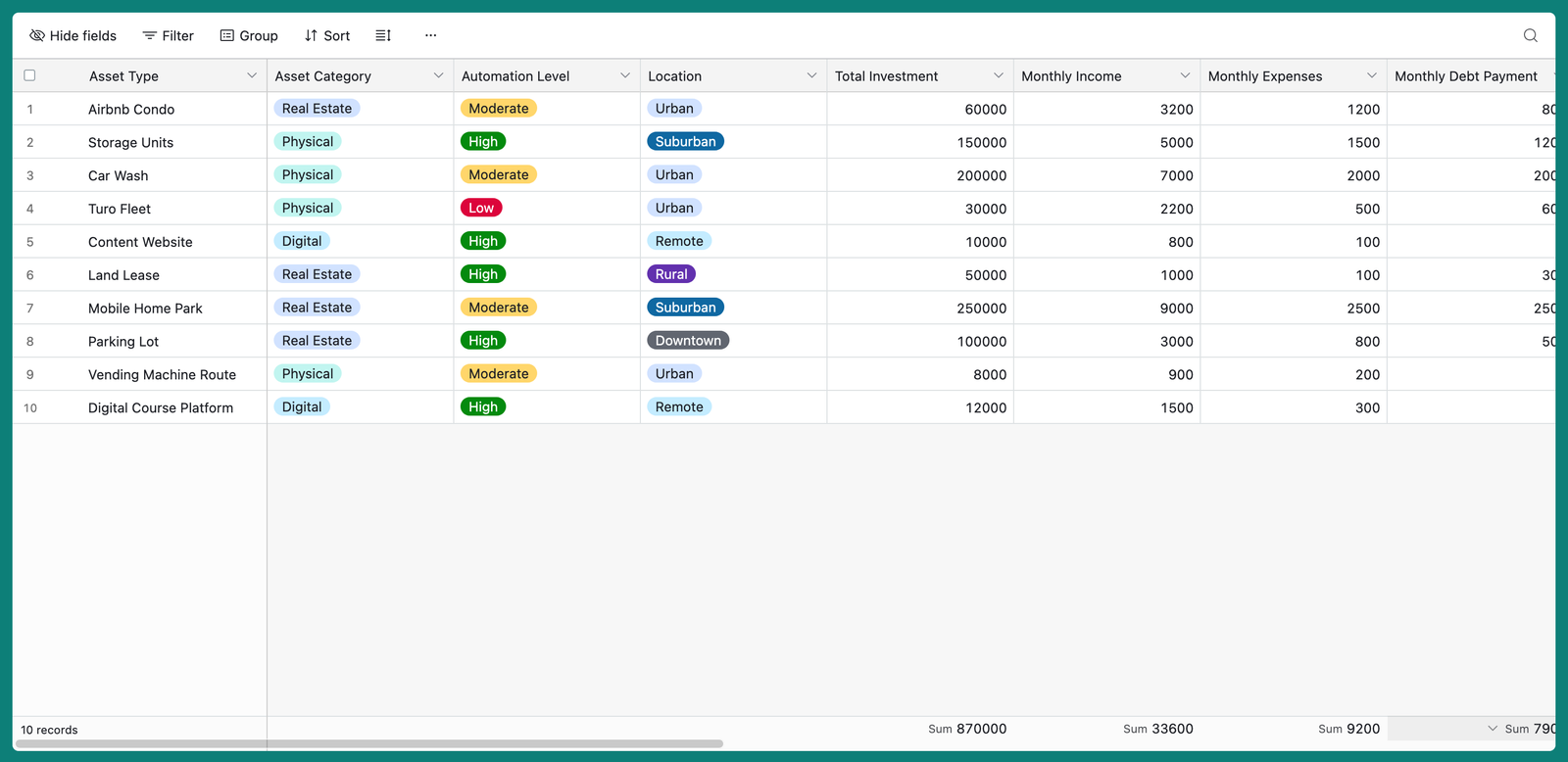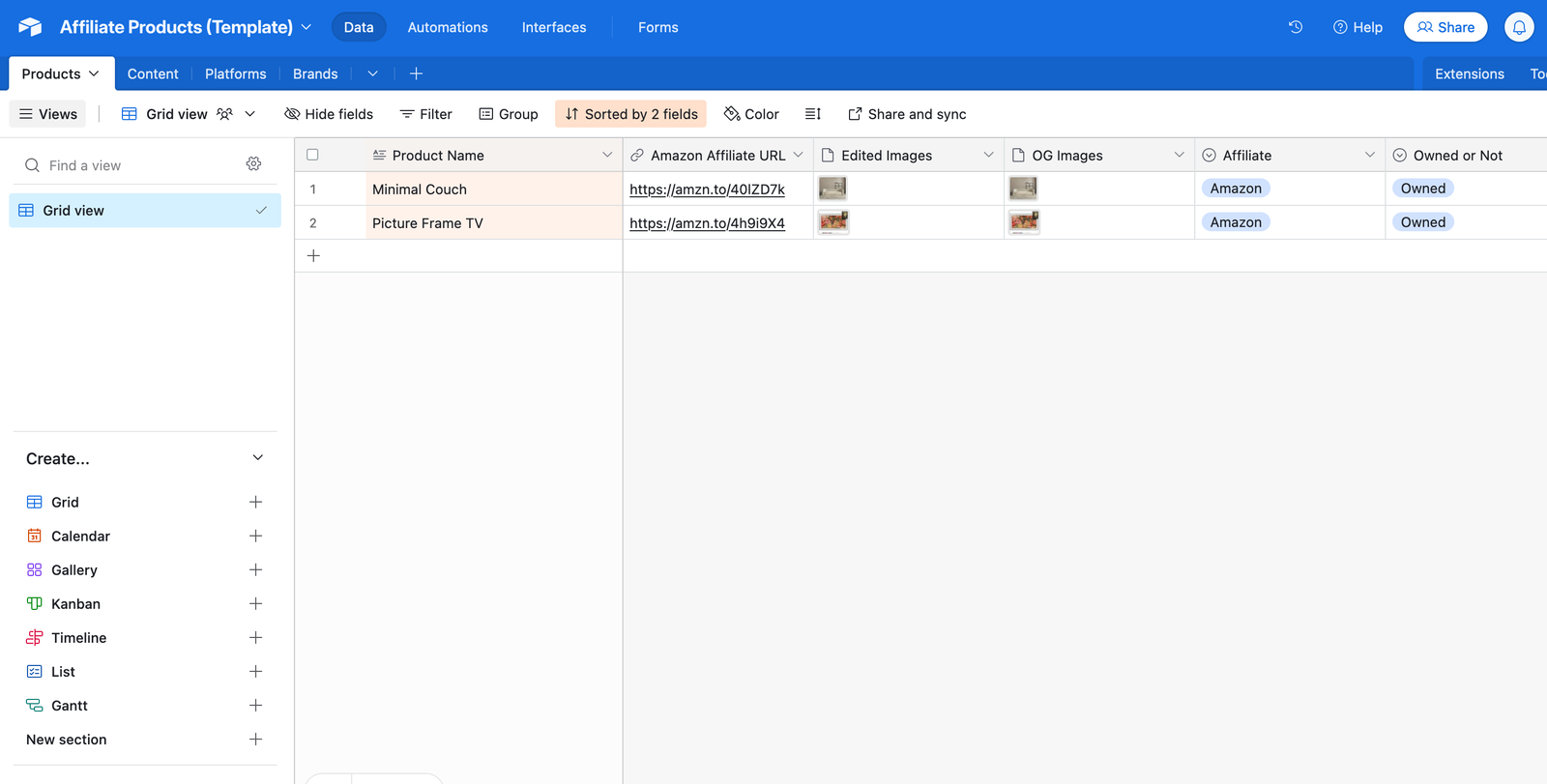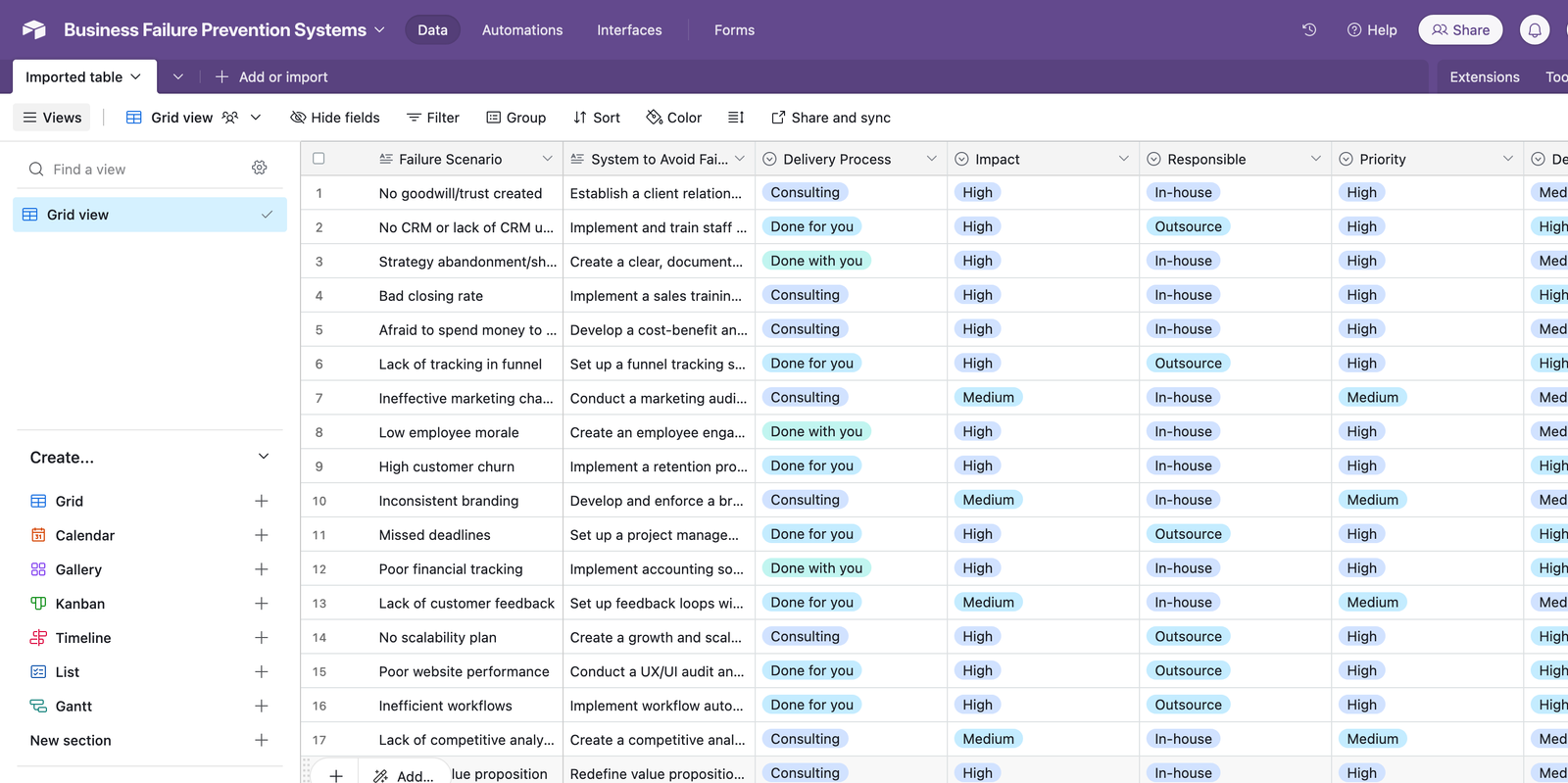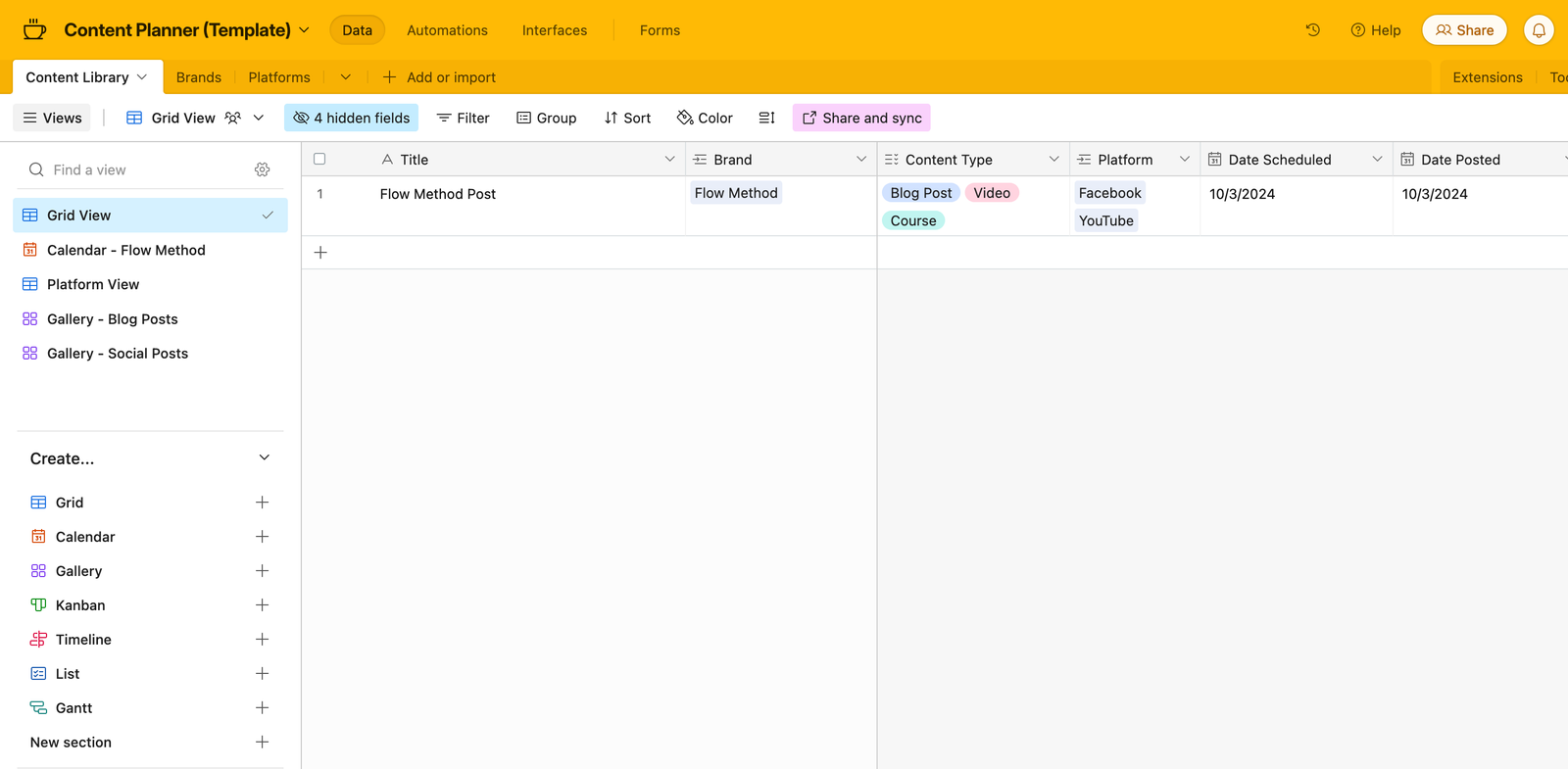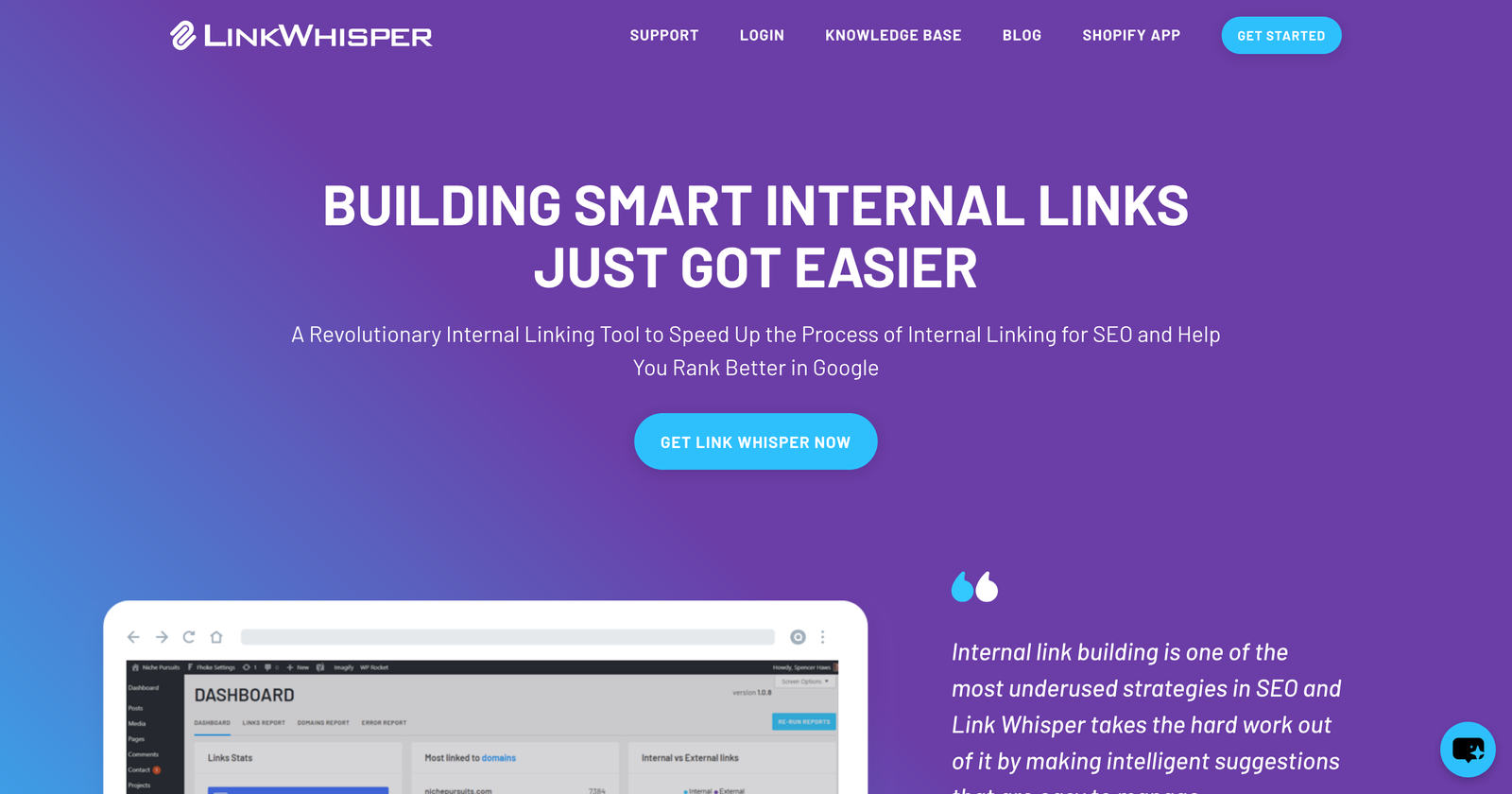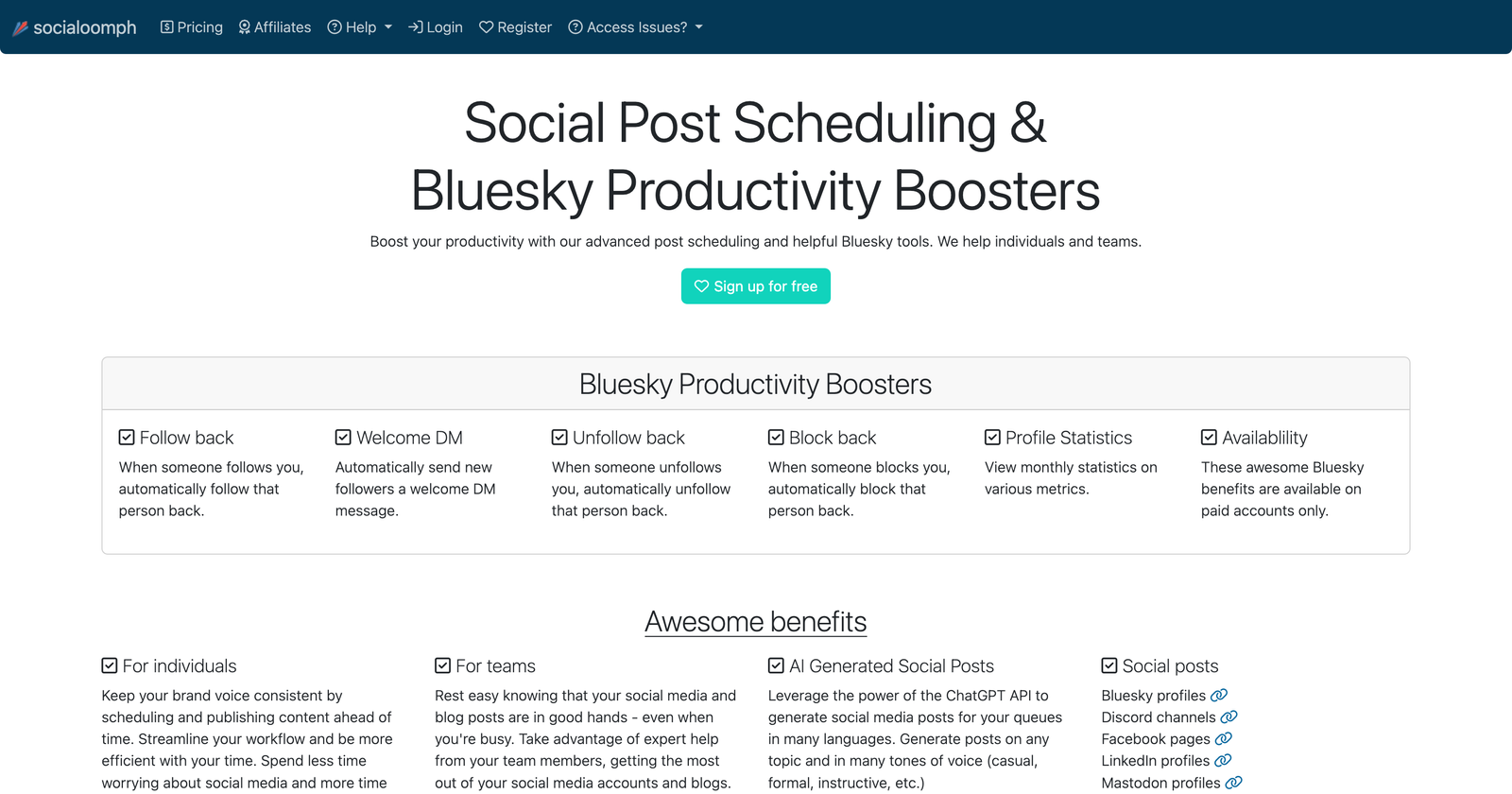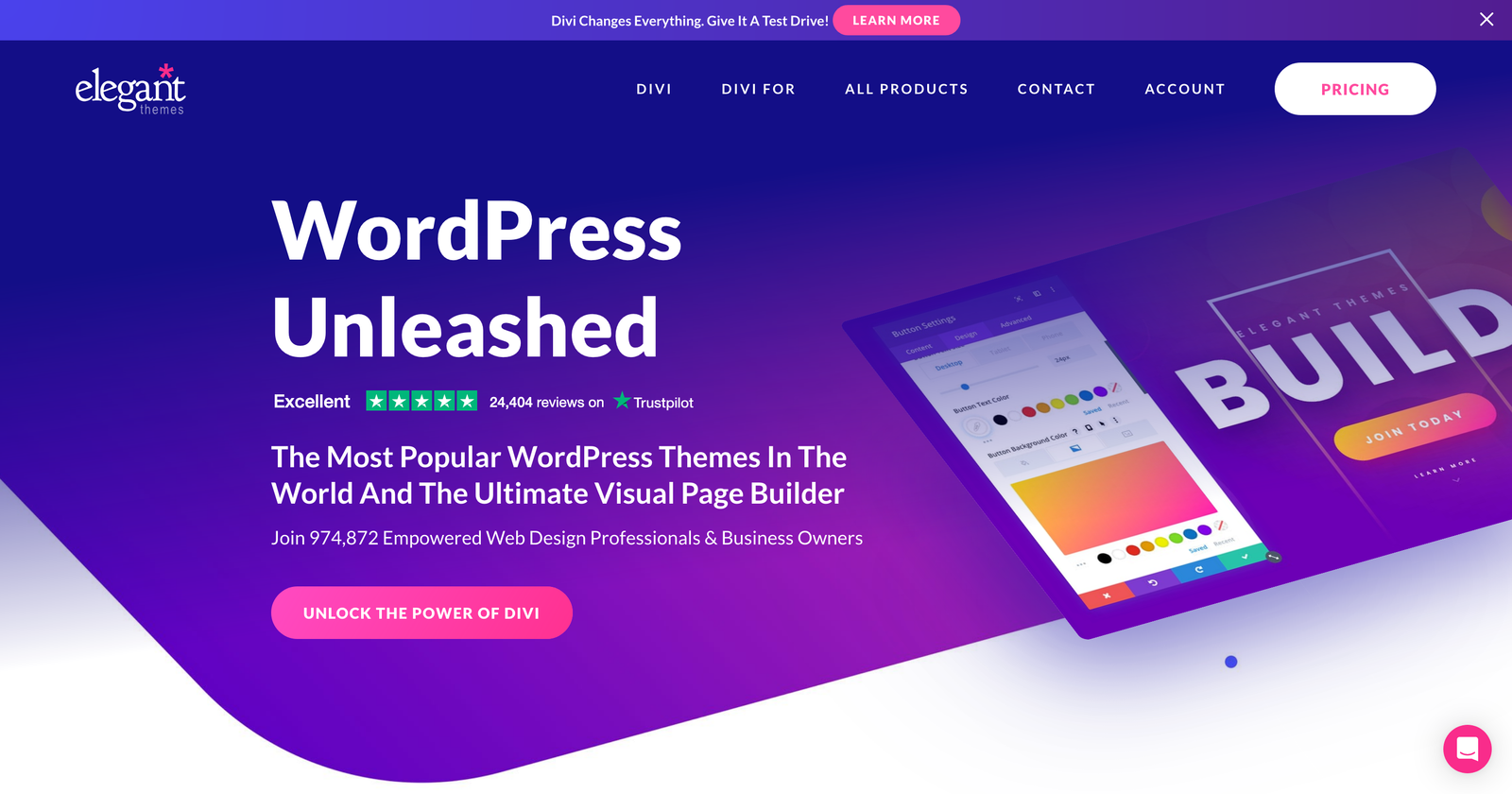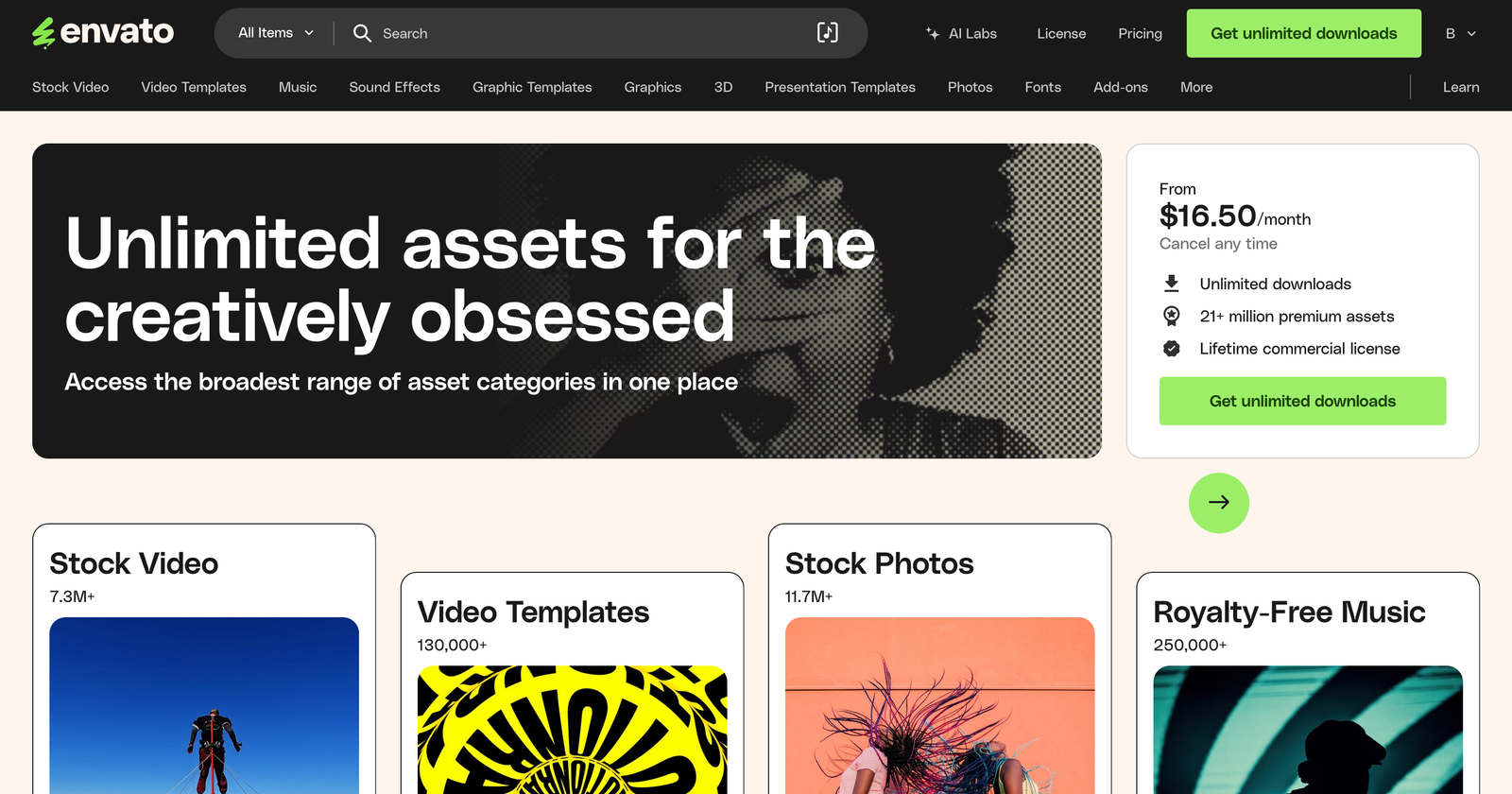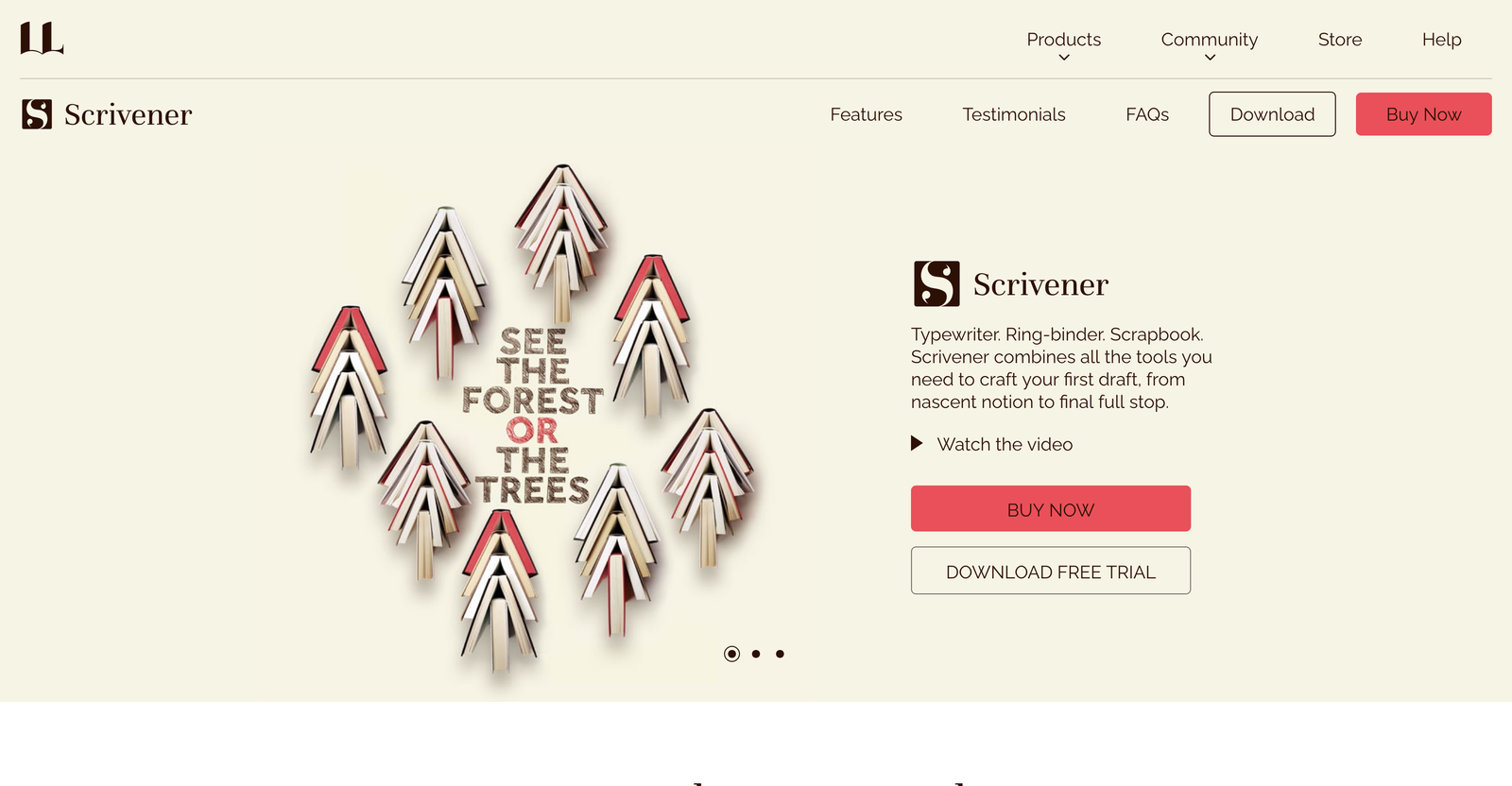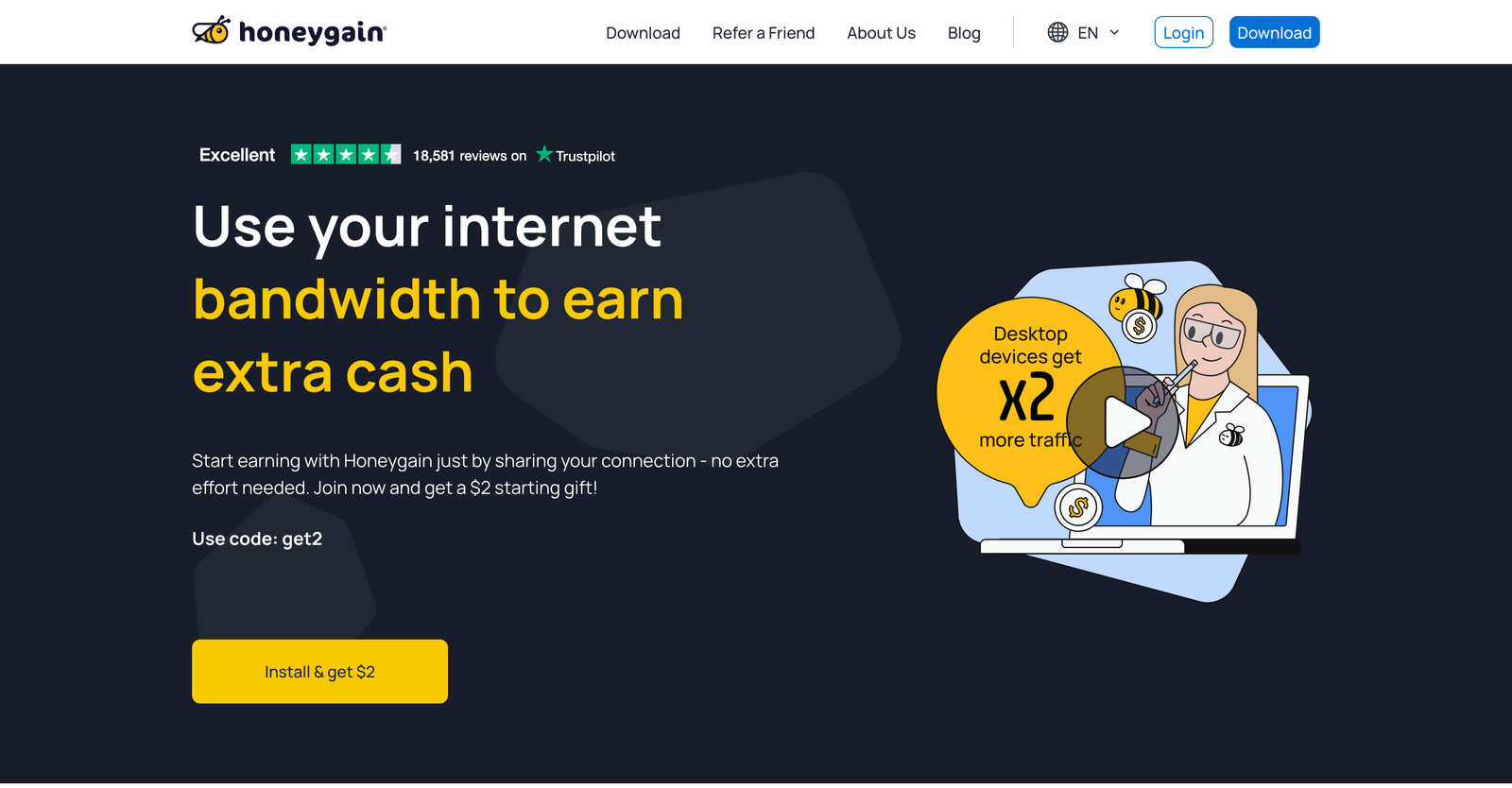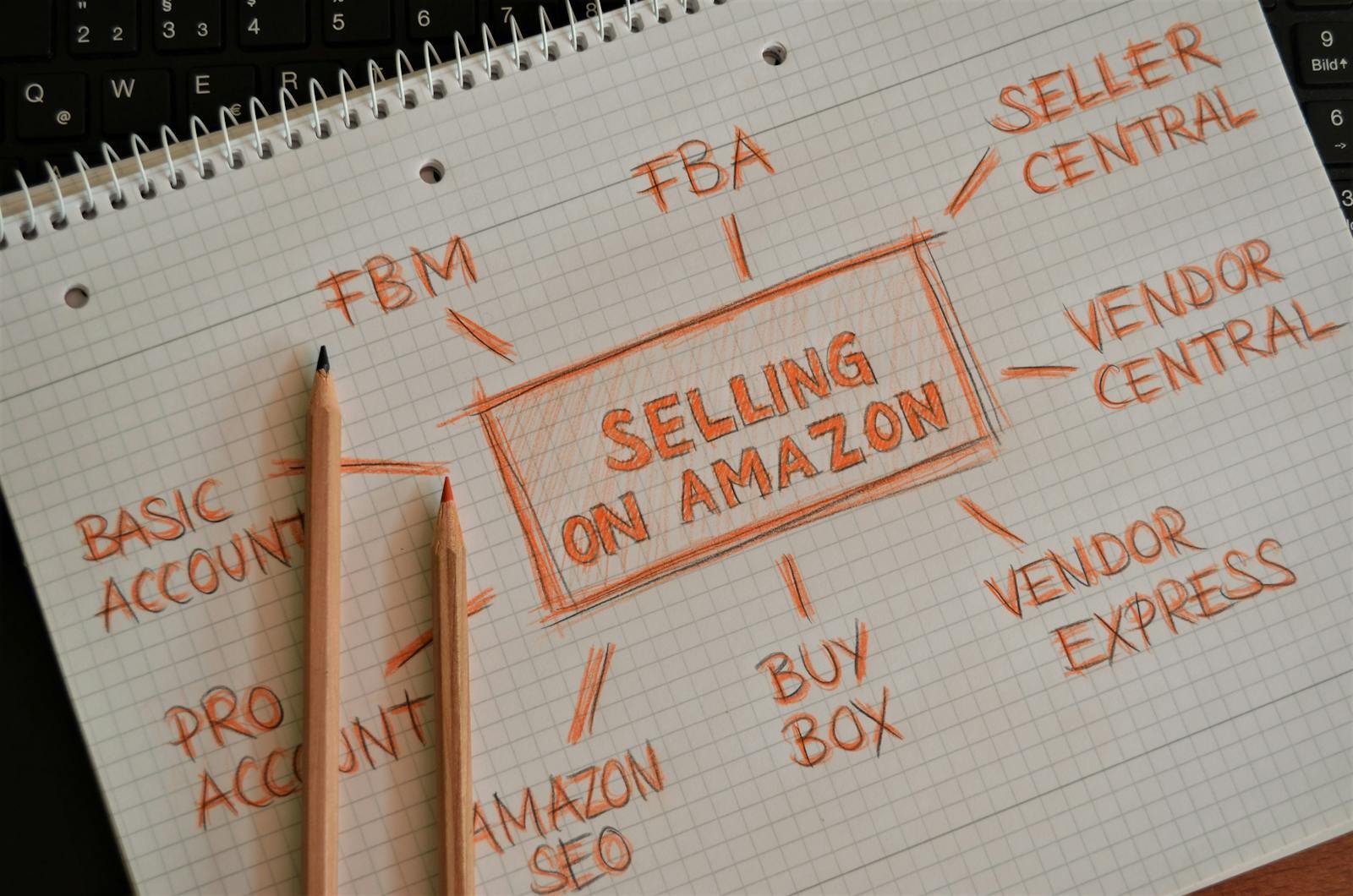Plant Nursery Business Insights
Grow Green.
Build a Brand.
Grow and sell plants locally or online through one-time purchases, subscriptions, and workshops with strong recurring revenue potential.
Plant Nursery Business Insights
Grow Green.
Build a Brand.
Grow and sell plants locally or online through one-time purchases, subscriptions, and workshops with strong recurring revenue potential.
Plant Nursery Business Insights
🏆 Overall Business Viability Score
💰 Profitability Score
🚀 Scalability Score
⏳ Time to Profitability Score
💸 Startup Cost Score
🛠️ Operational Complexity Score
📢 Marketing & Customer Acquisition Score
🤖 Automation & Passive Income Score
📈 Market Demand Score
⚠️ Competition Level Score
🌱 Sustainability & Longevity Score
📊 Revenue Stability Score
🏗️ Barrier to Entry Score
🎯 Target Market Size Score
🔧 Skill & Experience Requirement Score
📍 Location Flexibility Score
💼 Legal & Compliance Complexity Score
🔥 Economic Resilience Score
🔄 Recession Proof Score
🏁 Exit Strategy Score
Business Idea Overview:
A plant nursery business offers a unique blend of nature, commerce, and community. From selling succulents and edible plants to offering rare species and recurring subscription boxes, this business appeals to a growing market of plant lovers, homeowners, businesses, and designers. With both local and eCommerce potential, it offers creativity, sustainability, and recurring revenue.
📊 Earning Potential
A small local plant nursery can earn $50,000 to $150,000/year, while larger or specialized nurseries (succulents, native plants, or rare species) can bring in $250,000 to $500,000+ annually. Online plant shops with subscriptions and wholesale contracts can reach 7-figure revenue over time.
⚠️ Earnings Disclaimer: Actual earnings vary based on niche, strategy, and execution. There is no guarantee of success, and results depend on effort, market conditions, and business management.
🛠️ Best Platforms & Tools
-
Shopify, WooCommerce – for online sales
-
Square or Clover – for POS systems
-
Canva – for labels, tags, and content
-
Gardening Apps & Platforms (RootJoy) – helpful for customer engagement or educational add-ons
-
Airtable – inventory and care schedule management
-
Instagram, TikTok, Pinterest – visual platforms for plant lovers
Get the Small Business Homepage Template on Flow & Design
⚠️ Biggest Challenge
Managing inventory and plant health is a top challenge. Plants are living products, so spoilage, overwatering, under-lighting, or pest issues can lead to high loss if not managed well.
💸 Startup Costs & Investment
Startup costs vary:
-
$10,000–$30,000 for a small greenhouse-based operation
-
$50,000+ for a commercial retail space with outdoor/indoor growing
Costs include: land/space, initial plant stock, pots/soil, marketing, irrigation systems, and licensing.
📢 Customer Acquisition Strategy
-
Local SEO for searches like “plant nursery near me”
-
Farmers markets & pop-up events
-
Instagram reels + TikTok plant tips
-
Workshops, classes, or plant care guides
-
Collaborations with interior designers or landscapers
-
Loyalty programs & email newsletters
📈 Ideal Business Model
Blend of:
-
One-time sales (in-person & online)
-
Recurring revenue (subscriptions for rare plants, monthly bundles, care kits)
-
Wholesale/B2B contracts with hotels, office spaces, designers
⏳ Time to Profitability
Typically 6–12 months, depending on location, marketing, and plant survival rate. Those with existing land or online audiences may reach profitability faster.
🚀 Key to Scaling
-
Add online store with rare or pre-potted options
-
Offer plant subscription boxes
-
Expand into education (workshops, classes, eBooks)
-
Develop wholesale or B2B partnerships
-
Use automated irrigation and inventory systems
🤖 Automation & Passive Income Potential
-
Email + SMS automations for care reminders, product drops, and promos
-
Pre-scheduled content on social platforms
-
Subscription models (monthly plant club, seed kits)
-
Digital products: plant care guides, printable planners
View Automation Tools
🏁 Exit Strategy
-
Sell as a brand with online + physical presence
-
Franchise the nursery concept
-
Transition to a digital product + fulfillment business
-
License your plant subscription model or brand name
🌱 Sustainability & Longevity
Very sustainable when paired with eco-friendly practices. Indoor and outdoor plants are in high demand due to trends in:
-
Wellness
-
Interior design
-
Urban gardening
-
Mental health
🔄 Market Trends & Demand
-
Rise of plantfluencers and plant styling
-
Booming urban jungle & biophilic design movements
-
Increased demand for edible & medicinal plants
-
Growth of indoor gardening in apartments & tiny homes
🆚 Competition Level
Moderate to high in urban areas. Standing out requires:
-
Unique inventory (rare or themed collections)
-
Strong brand presence online
-
Exceptional customer education + service
-
Personal, local touch
Sign up for SEO Flow and start your keyword research today. SEOFlow.app
📍 Location Flexibility
Can start from home, greenhouse, backyard, or online.
Physical presence adds trust but online sales and subscriptions provide scalability and location independence.
Visit NomadWave’s Digital Nomad Community
🎯 Ideal Target Audience
-
Millennials & Gen Z plant lovers
-
Urban apartment dwellers
-
Homeowners into DIY landscaping
-
Businesses seeking office greenery
-
Schools or workshops
-
Holistic health communities
🏗️ Operational Complexity
Moderate. Requires:
-
Daily care of plants
-
Tracking weather, pests, watering, and delivery schedules
-
Retail or shipping logistics
With good systems, complexity can be reduced significantly.
🔧 Required Skills & Experience
-
Basic horticulture and plant care knowledge
-
Customer service + local marketing
-
Retail or eCommerce skills
-
Willingness to learn inventory, irrigation, or supply chain management
💼 Legal & Compliance Considerations
-
Nursery licenses (varies by state/country)
-
Seller’s permit + local business registration
-
Labeling requirements (for toxic or medicinal plants)
-
USDA regulations for shipping plants across state lines
📊 Best Monetization Strategies
-
Retail sales (in-store or online)
-
Monthly plant boxes
-
Wholesale contracts
-
Event rentals (e.g., weddings, pop-ups)
-
Branded merchandise (pots, tools, books)
-
Affiliate links to care products
-
Workshops and local experiences
🔥 Recession & Economic Resilience
Moderate. Discretionary spending can dip during downturns, but low-cost plants and home gardening often become attractive. Businesses and homes still prioritize wellness and aesthetic appeal.
Earning Potential – Plant Nursery Business
The earning potential of a plant nursery business can range from modest to highly lucrative, depending on your scale, niche, and revenue streams. Whether you’re operating from a backyard greenhouse, running a full-fledged retail garden center, or selling rare plants online, this business offers flexibility and real financial growth.
🌱 Small-Scale Nurseries (Home-Based or Backyard Setup)
For solo operators starting from home with minimal overhead:
Annual Revenue: $30,000–$75,000
Monthly Revenue Potential: $2,500–$6,000
Typical Products: Houseplants, seedlings, succulents, herbs, and small decorative plants
Bonus: Minimal staff, manageable logistics, and low startup costs
Perfect for side hustlers or those in rural/suburban areas with extra space.
🏢 Retail Nurseries or Garden Centers
For local storefronts or greenhouses with staff and higher customer volume:
Annual Revenue: $150,000–$500,000+
High Season Revenue: $10,000–$30,000/month (spring/summer)
Products: Trees, shrubs, landscaping plants, outdoor décor, pots, fertilizers, native plants
Add-ons like landscape consulting or plant delivery boost profits even further.
🌐 Online Plant Shops & Subscription Models
For modern nurseries tapping into eCommerce and recurring revenue:
Annual Revenue: $100,000–$1M+
Products: Rare plants, curated bundles, plant-of-the-month subscriptions, propagation kits
Monthly Subscription Example:
200 subscribers x $30/month = $6,000/month recurring revenue
Add single sales, affiliate income, or digital guides = scalable income
This model is ideal for creative branding, storytelling, and leveraging content platforms like Instagram, Pinterest, and TikTok.
💼 B2B & Wholesale Contracts
Working with offices, hotels, co-working spaces, or interior designers:
Contract Value: $1,000–$25,000+ per account
Examples:
Corporate plant installations
Seasonal refreshes for lobbies and event spaces
Bulk sales to florists or landscapers
This model offers fewer but higher-ticket clients, often with recurring potential.
💡 Sample Monthly Revenue Breakdown (Mixed Model)
Income Stream Monthly Earnings In-store Sales (Weekends Only) $3,500 Online Orders (Shopify) $2,000 Monthly Subscription Box (100 subs) $3,000 Local Workshops (2 per month) $1,000 Wholesale Client (1 contract) $2,500 Total $12,000/month or $144,000/year
🎯 Key Factors That Influence Earning Potential
Niche specialization (e.g., succulents, native plants, air-purifying varieties)
Seasonality & climate (greenhouse = year-round sales)
Marketing & branding strength
Subscription or recurring revenue models
Shipping capabilities and customer reach
⚠️ Earnings Disclaimer: Actual earnings vary based on niche, strategy, and execution. There is no guarantee of success, and results depend on effort, market conditions, and business management.
📈 Ideal Business Model – Plant Nursery Business
The most successful plant nursery businesses blend physical products, recurring revenue, and digital experiences to create a resilient and profitable business. Whether you’re working from a backyard greenhouse or running a full retail location, the best models combine one-time sales, subscriptions, and educational offerings for long-term growth.
🌿 1. One-Time Retail Sales
Still the backbone of most nurseries, retail plant sales offer quick cash flow and serve as a great entry point.
What to sell:
-
Houseplants & rare varieties
-
Herbs, veggies, flowers, shrubs
-
Seeds, pots, tools, and soil
-
DIY kits (propagation, bonsai, succulent bowls)
Bonus: In-person or online, these sales create instant revenue and customer engagement.
🔁 2. Subscription Models & Recurring Revenue
Plant-of-the-month clubs or seasonal care kits are growing in popularity and offer predictable income.
Subscription ideas:
-
Monthly houseplant delivery
-
Seasonal seed starter kits
-
Mini herb garden boxes
-
Pet-safe or beginner-friendly bundles
-
Digital plant care guide + printable planner add-on
💡 Example: 100 subscribers at $25/month = $2,500/month recurring revenue
🏢 3. B2B & Wholesale Services
Selling to businesses provides high-ticket and repeat opportunities.
Who to sell to:
-
Local florists and garden centers
-
Corporate offices and co-working spaces
-
Real estate/home staging companies
-
Hotels, cafés, restaurants
-
Interior designers or landscapers
What to offer:
-
Bulk plants + delivery
-
Installations & maintenance
-
Customized plant packages
🧠 4. Education, Experiences & Events
People don’t just want plants — they want knowledge, inspiration, and community.
Add-ons that scale:
-
Plant care workshops (virtual or in-person)
-
DIY terrarium or bonsai classes
-
Branded plant journals, ebooks, or planners
-
Private events or group tours
-
Local school or wellness partnerships
Revenue example:
Sell a $45 ticket for a 15-person class = $675 per session + product upsells.
🛒 5. Online Store + Local Pickup or Shipping
A well-designed eCommerce store can expand your reach nationally or globally.
Online sales include:
-
Rare plants + cuttings
-
Limited-edition kits
-
Plant care tools + branded merchandise
-
Gift cards and bundles
-
Affiliate sales (soil, grow lights, tools)
Use platforms like Shopify, WooCommerce, or Square for easy integration with local pickup, delivery, or shipping.
🎯 Hybrid Model = Smartest Strategy
| Revenue Source | Frequency | Income Type |
|---|---|---|
| In-store plant sales | One-time | Cash Flow |
| Subscription boxes | Monthly | Recurring Income |
| B2B installations | Quarterly | High-Ticket |
| Online shop orders | Weekly | Scalable Income |
| Workshops & guides | As scheduled | Semi-Passive |
The ideal model blends all five, giving you flexibility, stability, and scalability — and letting you adapt to seasonal shifts, local market needs, and online growth.
Get JotPro, the intuitive AI writing tool with over 50 templates, and countless features like Speech-to-Text and Text-to-Speech. Sign Up Free
📢 Customer Acquisition & Marketing Strategies – Plant Nursery Business
In a world filled with greenery, how do you make your plant nursery stand out and attract loyal customers? The answer lies in blending local visibility, storytelling, and scalable digital marketing.
Here are the most effective strategies to attract, engage, and retain customers — whether you’re operating locally, online, or both.
🌍 1. Local SEO & Google Business Profile
For nurseries with a physical location, local visibility is everything.
-
Set up and optimize your Google Business Profile
-
Add high-quality photos, hours, location, and reviews
-
Target keywords like:
-
“plant nursery near me”
-
“succulents in [City]”
-
“where to buy houseplants in [City]”
-
💡 Pro Tip: Ask happy customers for Google reviews at checkout — they boost visibility and trust.
📸 2. Instagram & TikTok (Visual-first Platforms)
Plants are visually magnetic, making platforms like Instagram and TikTok ideal for building your brand.
Content ideas:
-
Plant care tips & tutorials
-
Behind-the-scenes greenhouse tours
-
Time-lapses of plant growth
-
Packaging your plant boxes
-
Unboxing your subscription kit
-
“Plant of the Week” spotlights
Hashtags like #PlantTok, #UrbanJungle, and #PlantParent reach your perfect audience.
🪴 3. Farmers Markets, Pop-Ups & Local Events
Nothing beats face-to-face connections when selling living products.
Try:
-
Farmers markets
-
Home & garden expos
-
Wellness fairs
-
Flea markets or handmade pop-ups
Use these events to grow your email list, hand out business cards with QR codes to your shop, and build your local following.
✨ 4. Workshops & Classes (In-Person or Virtual)
Teaching builds authority and attracts plant lovers who are eager to learn and buy.
Examples:
-
DIY terrarium night
-
Repotting 101
-
Houseplant care for beginners
-
Vertical gardening workshop
-
Holiday wreath making
Offer classes in person or on Zoom, and upsell products (tools, pots, kits) during or after.
📨 5. Email Marketing & SMS Reminders
The fortune is in the follow-up. Build a strong email list with:
-
Lead magnets (free plant care guide)
-
Exit-intent popups (discount on first order)
-
QR code at checkout for digital freebies
Use emails to:
-
Launch new plants
-
Promote classes or events
-
Offer seasonal discounts
-
Share gardening tips & resources
Bonus: Add SMS reminders for local sales, pickup orders, or subscription renewals.
🛍️ 6. Plant Subscription Boxes & Loyalty Programs
Recurring revenue models help you retain customers long-term. Create a plant subscription club or rewards program.
Ideas:
-
Monthly delivery or pickup of new plants or kits
-
Referral rewards
-
“Plant Points” loyalty system
-
Birthday coupons and surprise gifts
People love being part of a green community — reward their loyalty with thoughtful experiences.
🤝 7. Partnerships with Local Businesses
Team up with:
-
Yoga studios
-
Coffee shops
-
Boutiques
-
Wellness coaches
-
Interior designers
Offer cross-promotions, shared events, or even plant installations — boosting visibility and credibility.
🧠 8. Story-Driven Branding
Build emotional connection by sharing your:
-
Founder story
-
Mission (eco-conscious, locally grown, rare varieties)
-
Values (sustainability, health, design)
People don’t just buy plants — they buy the story, the feeling, and the lifestyle. Use this across your website, social media, packaging, and events.
🎯 Conversion Tactics – Plant Nursery Business
You’ve attracted the traffic — now how do you turn plant lovers into paying customers?
Conversion is the art of guiding your audience from interest to action, whether it’s buying a houseplant, joining a subscription box, or attending a workshop. For a plant nursery, blending visual storytelling with frictionless buying experiences is key.
Here are proven conversion tactics to boost sales — in-store and online.
🪴 1. Curated Plant Collections = Easier Decisions
People get overwhelmed by too many choices. Bundle plants into ready-to-buy themes to simplify buying decisions.
Examples:
-
“Pet-Friendly Starter Pack”
-
“Low-Light Apartment Trio”
-
“Stress Relief Plant Bundle”
-
“Kitchen Herb Box”
Add simple descriptions like:
🧠 “Perfect for beginners. No green thumb needed.”
🔄 2. Offer a Low-Risk First Purchase
Introductory offers help reduce hesitation.
Try:
-
“First-Time Plant Parent Kit – Only $15”
-
“$5 Off Your First Order” popup
-
Free printable plant care guide in exchange for an email
This creates a trust bridge while building your email list.
📷 3. High-Quality Photos & Videos = Higher Sales
Visuals are everything in the plant world. Use:
-
Close-up shots of leaves, textures, pot colors
-
Short 10-second videos showing the plant from different angles
-
Before & after shots (e.g., “1-month growth”)
-
UGC (user-generated content) from happy customers
Pro tip: Include a hand in the frame to show scale.
🛒 4. Clear Call-to-Actions (CTAs)
Whether on your site, social media, or email, your CTAs should be action-based, benefit-driven, and visible.
Examples:
-
“Start Your Plant Subscription”
-
“Get the Bundle & Save 20%”
-
“Book Your Spot: Repotting 101”
-
“Claim Your Free Plant Care Guide”
Make sure every page has one clear goal.
📦 5. Streamline the Checkout Process
Remove unnecessary steps and distractions during checkout.
Checklist:
-
One-page checkout
-
Guest checkout option
-
Clear shipping & return policy
-
Auto-fill form fields
-
Mobile-friendly layout
Use tools like Shopify, WooCommerce, or Square Online for seamless checkout integrations.
📱 6. Use Scarcity & Urgency (Ethically)
People act faster when they sense limited availability.
Try:
-
“Only 7 left” labels
-
“Shipping closes Friday @ Midnight!”
-
Countdown timers for sales or seasonal bundles
Don’t overuse — be authentic and relevant.
💬 7. Live Chat or Chatbot Support
Help buyers make fast decisions by answering their questions in real-time.
What to include:
-
Chat widget on your store (“Need help choosing the right plant?”)
-
Preloaded FAQs in the chatbot
-
Links to plant care guides
Tools like Tidio, ManyChat, or Shopify Inbox make setup easy.
📈 8. Add Reviews, UGC & Social Proof
Conversion skyrockets when people see others buying.
Showcase:
-
Star ratings & text reviews on product pages
-
Photos from real customers (Instagram or email submissions)
-
Video testimonials for plant boxes or events
-
“Over 500 happy plant parents served”
🧠 9. Upsell & Cross-Sell Smartly
Don’t just sell a plant — sell the whole vibe.
Cross-sell ideas:
-
Matching pots or stands
-
Soil mixes & watering tools
-
eBook: “Keeping Your Calathea Alive”
-
Bundle deal: “Buy 2, Get 1 Half Off”
Use popups at checkout or product page suggestions.
💸 Most Profitable Niches – Plant Nursery Business
In today’s booming plant market, general nurseries are great—but specialized nurseries are gold. By choosing a specific niche, you not only stand out in a crowded space but also increase pricing power, brand loyalty, and repeat purchases.
Here are the most profitable niches within the plant nursery business in 2025 and beyond:
🌿 1. Rare & Exotic Houseplants
Collectors are always on the hunt for the next must-have plant.
Popular plants:
-
Variegated Monstera
-
Albo Syngonium
-
Thai Constellation
-
Pink Princess Philodendron
Why it’s profitable:
-
High perceived value
-
Low competition if grown in-house
-
Great for Instagram marketing
-
Can be sold for $50–$300+ per plant
🐾 2. Pet-Safe Houseplants
With millions of pet-owning households, the demand for non-toxic greenery is exploding.
Top sellers:
-
Calatheas
-
Peperomias
-
Spider plants
-
Areca palms
Why it’s profitable:
-
Highly searched niche
-
Peace-of-mind purchases = higher conversion rates
-
Easy to bundle and market as “safe for furry friends”
🪴 3. Indoor Wellness Plants (Biophilic Design)
Appeals to health-conscious consumers and minimalists who want more calm, air purification, and ambiance.
Best picks:
-
Snake plants
-
Peace lilies
-
ZZ plants
-
Bamboo palm
Why it’s profitable:
-
Targets multiple industries: wellness, mental health, home design
-
Great for content (stress relief, productivity, etc.)
-
High B2B potential for office installations
🌱 4. Edible & Culinary Plants
Home chefs, gardeners, and health-conscious families love this niche.
Examples:
-
Herb kits (basil, mint, oregano, thyme)
-
Patio veggie starters (tomatoes, peppers, lettuce)
-
Medicinal herbs (lavender, chamomile, holy basil)
Why it’s profitable:
-
Functional + sustainable = high perceived value
-
Great for seasonal subscription boxes
-
Low-cost to grow, high demand in spring/summer
🌵 5. Succulents & Cactus Kits
Ideal for DIYers, gift buyers, and corporate gifting.
Top sellers:
-
Mini succulents
-
Fairy garden kits
-
DIY terrarium sets
-
Seasonal succulent bundles
Why it’s profitable:
-
Low maintenance inventory
-
Shippable nationwide
-
Perfect for upsells: pots, pebbles, tools
🏡 6. Native Plants & Pollinator Gardens
Appeals to eco-conscious gardeners and landscape designers.
Popular plants:
-
Milkweed
-
Coneflowers
-
Goldenrod
-
Yarrow
Why it’s profitable:
-
Often eligible for local grants or rebates
-
Partnership opportunities with schools or cities
-
Recurring sales to landscapers and community projects
🧘♀️ 7. Zen & Meditation Plants
Plants marketed for mood, energy, and space clearing, inspired by ancient traditions and modern mindfulness.
Examples:
-
Bonsai trees
-
Lucky bamboo
-
Lavender pots
-
Sage and palo santo growing kits
Why it’s profitable:
-
High-margin kits with emotional appeal
-
Great for bundling with journals, incense, or stones
-
Big potential in Etsy, wellness markets, and subscription boxes
🧠 Bonus: Combine Niches for Maximum Impact
Smart nurseries layer niches to carve a unique position:
-
“Pet-Friendly Wellness Plant Box”
-
“Edible Zen Garden”
-
“Rare Succulents for Apartment Life”
-
“Mindful Planting Starter Kit”
By creating niche collections and experiences, you can command premium pricing and build a loyal customer base.
⚖️ Plant Nursery Business vs. Other Business Models
When deciding which type of business to start, it’s important to compare earning potential, startup costs, time to profitability, and long-term sustainability. The plant nursery business stands out as a hybrid model — offering both hands-on fulfillment and scalable income streams.
Here’s how it stacks up against other popular business models:
🪴 1. Plant Nursery Business
| Category | Score |
|---|---|
| Startup Cost | Low to Medium ($5K–$30K) |
| Time to Profitability | 6–12 months |
| Profit Margins | Medium to High (40%–70%) |
| Scalability | High (retail + eCommerce + subscriptions) |
| Passive Income Potential | Medium (subscriptions, digital guides) |
| Sustainability | Very High |
| Lifestyle Alignment | Creative, purpose-driven, community-based |
Why it works:
You can start small, build strong local demand, and scale online. It blends physical products with nature, wellness, and design trends — making it emotionally fulfilling and financially viable.
🛒 2. Dropshipping & General eCommerce
| Category | Score |
|---|---|
| Startup Cost | Low ($500–$2K) |
| Time to Profitability | 3–6 months |
| Profit Margins | Low (10%–30%) |
| Scalability | Very High |
| Passive Income Potential | High |
| Sustainability | Moderate |
Pros: Easy to start, low upfront investment, high scale potential.
Cons: Razor-thin margins, competitive, no brand loyalty, reliant on ads & suppliers.
📚 3. Online Courses & Info Products
| Category | Score |
|---|---|
| Startup Cost | Low to Medium |
| Time to Profitability | 3–9 months |
| Profit Margins | Very High (80%+) |
| Scalability | Excellent |
| Passive Income Potential | Very High |
| Sustainability | High (if evergreen) |
Pros: Scalable, passive, high-margin.
Cons: Requires niche authority and content creation skills; high competition without personal brand.
💻 4. Freelancing or Agency Work
| Category | Score |
|---|---|
| Startup Cost | Very Low |
| Time to Profitability | Fast (1–3 months) |
| Profit Margins | High |
| Scalability | Low to Moderate |
| Passive Income Potential | Low |
| Sustainability | Depends on client retention |
Pros: Immediate income, skill-based, flexible.
Cons: Time-for-money model, client churn, hard to scale without team or productization.
🪙 5. Affiliate Marketing / Content Monetization
| Category | Score |
|---|---|
| Startup Cost | Low |
| Time to Profitability | 6–12+ months |
| Profit Margins | High (with traffic) |
| Scalability | Medium |
| Passive Income Potential | High |
| Sustainability | Moderate |
Pros: No inventory, passive commissions.
Cons: Requires high traffic or niche authority. Algorithm changes or affiliate terms can impact income.
🏆 Final Verdict: Why Plant Nurseries Stand Out
✅ Combines tangible product satisfaction with scalable digital potential
✅ Appeals to growing trends in sustainability, wellness, and home design
✅ Can evolve into a multichannel business: retail, online, wholesale, and education
✅ Supports subscription and recurring revenue models
✅ Emotionally aligned with purpose-driven entrepreneurs and nature lovers
Whether you’re starting small in your backyard or planning a flagship storefront and eCommerce platform, a plant nursery is one of the few business models that feels good, does good, and earns well.
🔄 Future Trends & Demand – Plant Nursery Business
The plant nursery business isn’t just thriving — it’s evolving. Fueled by shifts in lifestyle, sustainability, wellness, and design, the demand for plants and nature-connected living is stronger than ever.
As more people seek greener homes, cleaner air, and therapeutic hobbies, plant businesses are becoming staples of modern life — not passing trends. Let’s explore the most important future trends shaping the industry, and why the outlook for plant nurseries is so green.
🌱 1. Urban Gardening & Vertical Living
With city living on the rise and space becoming scarce, the demand for small-space, indoor, and vertical plant solutions is exploding.
Hot trends:
-
Vertical wall planters
-
Balcony gardens
-
Indoor microgreens kits
-
Stackable and modular plant systems
Opportunity: Nurseries offering compact, space-saving, and mobile-friendly options can tap into the massive urban millennial and Gen Z market.
🧘♀️ 2. Plants as Wellness & Therapy Tools
Plants aren’t just decoration — they’re now recognized as tools for mental health, emotional regulation, and healing.
Driving factors:
-
Biophilic design in homes and workplaces
-
Nature therapy integration in wellness spaces
-
Mindfulness and plant care as stress relief
-
Doctors prescribing “green time” for anxiety and depression
What sells: Peace lilies, snake plants, lavender, bamboo, and any plant marketed with a wellness benefit.
🌍 3. Eco-Conscious & Sustainable Living
As climate awareness grows, consumers are demanding low-waste, locally grown, and ethically sourced plants.
Trends to watch:
-
Zero-waste propagation kits
-
Recycled or biodegradable pots
-
Native plant cultivation
-
Carbon-conscious delivery options
Smart nurseries are building brands around sustainability, using their mission as a competitive edge.
💡 4. Digital Transformation of Plant Retail
Digital tools are changing how people discover, buy, and learn about plants.
Emerging digital trends:
-
Augmented reality (AR) to preview plants in homes
-
QR code plant tags linked to care videos
-
Voice assistants giving plant reminders
-
AI-powered plant care apps integrated with plant purchases
Opportunity: Nurseries that leverage eCommerce, automation, and digital content can scale beyond local markets and create global plant communities.
🛍️ 5. Subscription Boxes & Plant-as-a-Service
The rise of “green convenience” is reshaping consumer habits.
Examples:
-
Monthly plant boxes
-
Seasonal herb or veggie kits
-
B2B plant care subscriptions for offices
-
Rotating plant rentals for events and Airbnb hosts
These models create predictable, recurring revenue while offering customers something fresh every month.
🧠 6. Educational Content & Plantfluencers
Plantfluencers are everywhere — and audiences are hungry to learn more.
Trending content formats:
-
Quick TikToks on plant hacks
-
YouTube tutorials for propagation or pest control
-
eBooks and guides on soil types or light levels
-
Online workshops and certification programs
Opportunity: Nurseries can become educators, creators, and content hubs — not just sellers.
🔮 Industry Outlook & Growth Stats
-
The global houseplant market is expected to exceed $27 billion by 2030
-
Indoor gardening kits and hydroponic systems are projected to grow by 11% CAGR through 2028
-
Post-pandemic, over 65% of millennials say they’ve developed an interest in plant care or home gardening
-
Google search interest in “plant subscription box” has doubled in the last 3 years
Bottom line: The market isn’t slowing down. It’s evolving. Your plant business should too.
Elevate Your Brand into a Next-Level Experience
Discover immersive web, design, and content solutions that captivate, convert, and leave a lasting impact.
👉 Explore Jetpack Immersive at jetpackimmersive.com
Updates on
Plant Nursery Business
Get notified on new updates with the
Plant Nursery Business ecosystem.
Sponsor
Reviews of Plant Nursery Business
https://www.gezesrkog.com/
Dear,
I hope this email finds you well. I’m excited to introduce you to Cargoholidays.com, your gateway to a unique and adventurous way of exploring the world through cargo ship travel. As a leading cargo travel agency, we specialize in creating unforgettable journeys that offer a fresh perspective on travel and adventure.
At CargoHolidays, we understand that traditional travel experiences may not be for everyone, and that’s why we offer an alternative that’s both enriching and fascinating. Our cargo ship travel services open up a world of possibilities for those seeking a truly authentic and immersive travel experience.
I invite you to explore our website at CargoHolidays Website to browse our available routes at cargoholidays.com, destinations, and testimonials from fellow adventurers who have experienced the magic of cargo ship travel with us.
If you’re ready to embark on a one-of-a-kind journey or have any questions about our services, please don’t hesitate to contact us at contact@cargoholidays.com. Our dedicated team is here to assist you in planning your cargo ship adventure, providing insights, and addressing any queries you may have.
Safe travels and warm regards,





